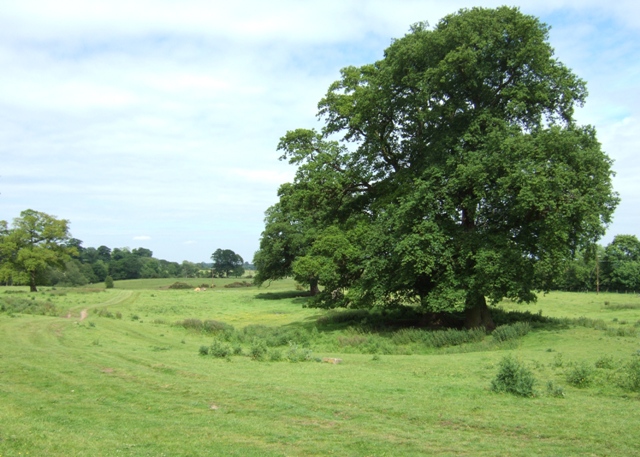As trees mature, they reach the pinnacle of their productive capabilities. But aging is not without its caveats. The older a tree gets, the more susceptible it becomes to environmental stressors. The following examines the most common planting locations for trees, and the environmental stressors inherent in each.
Common Planting Locations
While outliers exist, trees generally occupy three unique sites: urban landscapes, less compromised urban areas, and natural settings.
Trees in Urban Settings
The most fragile trees are those located in urban settings. This includes parking lots, industrial sites, boulevards, and strip malls. In these areas, larger trees are especially vulnerable to environmental stressors, as they have a greater biomass above ground. For sustenance and stability, they must be able to develop a functional root system. Sidewalks, roadways, and pavements can restrict root development, and cause root loss. Loading from wind, ice, or snow can be particularly stressful on these trees, especially if their root systems have been compromised.
Extensive periods of drought, heat reflected from sidewalks and pavement, and water soluble salts can cause erosion to fine root systems. These are the root components that enable trees to absorb water and nutrients. They are responsible for stimulating plant growth.
Less Stressful Urban Sites
Residential landscapes, schools, golf courses, and parks are the most ideal urban sites for trees. In these locations, trees tend to be maintained more frequently. Soil is often of a finer quality, and resources are more abundant. Trees are also less likely to incur damage from sun reflected surfaces, and deicing salts.
The most common environmental stressors in these areas are insects, diseases, and mechanical injuries resulting from lawn or construction vehicles.
Trees in Natural Settings
In forested settings, and other natural habitats like woodlands, fields, and river corridors, environmental stressors are more subtle. Mature trees must compete with invasive tree species like buckthorn, barberry, and honey locust for resources and rooting space. Harsh weather, and drastic shifts in temperature can cause weakened trees to crack and topple over. Trees that are situated near roads or openings in woodlands are more vulnerable to drying winds, and sunlight. These conditions often result in sunburn, or sun scald injury.
Preventing Environmental Stressors
These are some of the ways to prevent environmental stressors in trees:
- To reduce drought related stress, ensure that trees are sufficiently watered.
- Replace turf grass that has grown around trees with a layer of organic mulch. Proper mulching helps retain soil moisture, and improve soil quality, while promoting root expansion.
- Avoid excessive mulching, and creating mulch volcanoes around trees. This can smother the tree’s root system, causing it to decay.
- Plant large trees in open areas to encourage proper root development.
- Avoid performing lawn maintenance near trees. Lawn mowers and weed whackers can cause significant bark injury, creating a wound that increases the tree’s susceptibility to insects and diseases.
- Perform regular tree maintenance, applying judicious pruning cuts to encourage healthy growth, and maintain a tree’s proper shape and form.
- Remove dead wood from tree canopies. This prevents hazardous branches from cracking, and falling during storms.
- Minimize the use of pesticides within the root zone of older trees. Prolonged exposure to pesticides can cause soil degradation and root loss, inhibiting the tree’s ability to absorb water and nutrients.
- Avoid fragmentation or perforation of forests and woodlands. This will limit the growth of invasive species, and moderate their effects on other trees.
Photo courtesy of Simon Huguet, under Creative Commons license.


